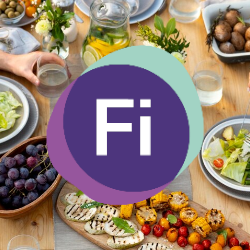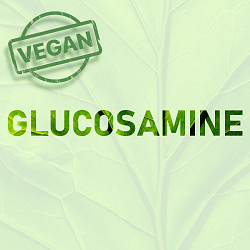Soya-Free Diet

The Basics
The soya-free diet is eaten by people who are allergic to soya, one of the most common food allergies in infants, young children, and adults. These people are required to eliminate all foods that contain soya or soya products in order to avoid unpleasant allergic reactions. Most people who are allergic to soya are allergic to the protein in soya. Soya oil and soya lecithin pose little risk of causing an allergic reaction in most, although not all, soya-allergic people because processing removes almost all the protein.
- Read labels carefully to determine if a soya product is included and avoid any food you’re not sure about until you are able to verify that it is soya-free.
- Learn the technical and scientific terms for soy so you can recognise them on food labels: tofu, edamame, miso, tempeh, momodiglyceride, textured vegetable protein, soya protein isolate, and so forth.
- Ask at restaurants and at others’ homes to be sure the food you are being served is soya-free.
Best bets: Look for nonsoya protein sources such as vegetable burgers (be careful to read the label—not all of these will be soya-free), wheat gluten, seitan, and meat products, and cow’s milk, rice milk, and almond milk.
Copyright © 2024 TraceGains, Inc. All rights reserved.
Learn more about TraceGains, the company.
The information presented by TraceGains is for informational purposes only. It is based on scientific studies (human, animal, or in vitro), clinical experience, or traditional usage as cited in each article. The results reported may not necessarily occur in all individuals. Self-treatment is not recommended for life-threatening conditions that require medical treatment under a doctor's care. For many of the conditions discussed, treatment with prescription or over the counter medication is also available. Consult your doctor, practitioner, and/or pharmacist for any health problem and before using any supplements or before making any changes in prescribed medications. Information expires December 2024.



 Lehmann&Voss&Co. and the LEHVOSS Group will be presenting their range of high-quality minerals at Food...
Lehmann&Voss&Co. and the LEHVOSS Group will be presenting their range of high-quality minerals at Food...  We are pleased to announce our new partnership with Zooca® The Calanus® Company for
We are pleased to announce our new partnership with Zooca® The Calanus® Company for 
 Calcium is well-known for its health benefits, especially for athletes and active individuals....
Calcium is well-known for its health benefits, especially for athletes and active individuals....  New
New 






































